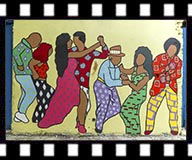Florida
We have been to Florida quite a few times. In fact, we were in Naples just the month before, and also in 2015); even "this side" (the east side, or the Atlantic side), we had been several times before (e.g. in 2012, 2006), so this time we decided to take it easy. That being said, we actually took several day trips: first to Big Cypress National Preserve and eventually reaching Naples (again!) but not quite the Gulf of Mexico; second to the Florida Keys; and last to Everglades National Park. (Click on each image to see the high-resolution version)
Big Cypress National Preserve
On our first trip, we stopped at the Oasis Visitor Center of Big Cypress National Preserve. Here, many Alligators were swimming in a pond very close to the boardwalk, and I took an obligatory picture.
Another interesting animal is the Florida Gars that swim in the water here.
Many Gulf Fritillary butterflies were fluttering about as well.
Our second stop at Big Cypress National Preserve was at the Big Cypress Swamp Welcome Center. We were hoping to see manatees, but did not see them. There were other wildlife though, such as Palm Warblers and lizards (I think they are Brown Anoles).
Our next stop was at Big Cypress Bend Boardwalk (part of Fakahatchee Strand Preserve State Park. Although we did not see a panther (or much other wildlife in fact), we did see and enjoy the trees and plants of this unique ecosystem.
Our last stop was at H.P. Williams Roadside Park, again with a pond and a boardwalk. Here, the usual water birds could be seen at close range.
As the sun set, the cypress trees and their reflections make a good impressionistic image.
Florida Keys
Our longest day trip during our stay in Florida was to the Florida Keys. Because of our limited time, we went straight for Bahia Honda State Park, where we had been before and had great memories. This time, however, because of the devastation of Hurricane Irma, the park was only partly open -- only one beach on the gulf side was open to the public. In fact, throughout the Keys, debris was strewn all along Highway 1, the main artery through the islands. However, I managed to get a few shots of the ocean side beach as well (without trespassing).
Rather unexpectedly, I saw an American Kestrel on a palm tree on the beach.
Many Large Orange Sulphur butterflies were flying about; I only photographed this rather tattered one though.
One intriguing scene was a sunning Green Iguana on the ocean side beach. For a moment I thought we were not in Florida, but the Galapagos, where sunning Marine Iguanas on the beach would be a common scene. Of course, Bahia Honda Key is not in the Galapagos, and the Green Iguana is not the Marine Iguana (in fact, it is an invasive species in Florida).
We eventually reached Key West. But it was getting late. We walked through the busy town, passing by Key West Lighthouse, which we climbed on our previous visit, but not this time.
We finally settled on the pier outside The Southernmost Beach and waited for sunset. This was a fine sunset, if not a spectacular one (it lacked illuminated cloud patterns). But just when the sun was setting, a cruise ship slowly passed in front of it -- this was the biggest "photobomb" I have personally witnessed! Fortunately, the ship did not block the first and last moment of the sunset.
We strolled through town again after sunset. Although it was warm, the decorations reminded us that it was still the holiday season.
Everglades National Park
Our third and last day excursion was to Everglades National Park. Our first stop was at Gumbo Limbo Trail, and one of the first bird photographs I took was, rather unexpectedly, of a wintering Ovenbird (a warbler).
Here's a shot of the papery bark of the trail's namesake plant: the Gumbo Limbo tree. Its bark has a unique reddish-brown color which gives it a very attractive hue.
We then took the adjacent Anhinga Trail, where water birds, such as this intent Great Egret, are easily seen.
Since I have seen and photographed these birds many times before (this must have been my fourth or fifth time to take the Anhinga Trail), I redirected my attention to some other wildlife. This White Peacock butterfly definitely caught my attention.
A sunny turtle, probably a Florida Red-bellied Cooter, also deserved a portrait of its own.
But what was really gripping the scene of one snake eating another! The larger, black one is a Everglades Racer, the smaller, green one is a Rough Green Snake. Note that the Rough Green tried to tie itself into a knot or a coil to avoid being swallowed? We did not stay long enough to see the end of this struggle.
Besides the wildlife, the scenery at Anhinga Trail was actually very beautiful, quintessential Everglades landscape.
We went on to the end of the road, Flamingo. We were hoping to see Manatees, but again we were stymied. The consolation was a few American Crocodiles near shore. This was in fact the first time I saw crocodiles in the U.S. (I had seen them in Costa Rica though).
Thus, again, we reached the Gulf of Mexico. However, the sun was also getting low and it was time for us to turn back.
But not before we saw this beautiful Gumbo Limbo tree in a grassy area. Back on the Gumbo Limbo Trail, the trees had to compete with each other and other plants for sunlight and are all lean and gnarled, but this one, probably planted, was all by itself and fully spread in the late afternoon sun.
Coral Gables
With all the cruises and excursions over, on our last day we mostly enjoyed the warm weather in our base, Coral Gables (we stayed at the beautiful Hotel Colonnade). We still had some time before heading to the cold Virginia, so we took a stroll in Coral Gables, walking by the City Hall.
We continued our walk through the glistening but expensive, neat if a bit artificial Coral Gables. Our route took us around a golf course, which has expensive homes lined on the peripheral. Some of the homes are really photogenic.
We reached at the Alhambra Water Tower, one of the most beautiful and unique municipal water towers I have ever seen (yes, it looks like a lighthouse).
Our last meal was at Versailles Restaurant, the best Cuban restaurant in all of Miami. They fix a pretty good mojito too.
Then it was time to head to the airport and back home. We just had a little bit time to make a stop at Anne Kolb Nature Center in Hollywood. We climbed to the top of the observation tower. From here, we had our last glimpse of the Hollywood Beach and the Atlantic Ocean, knowing that it would be some time before we see the ocean again.
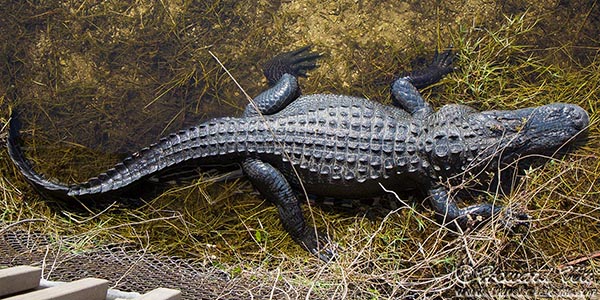
Alligator
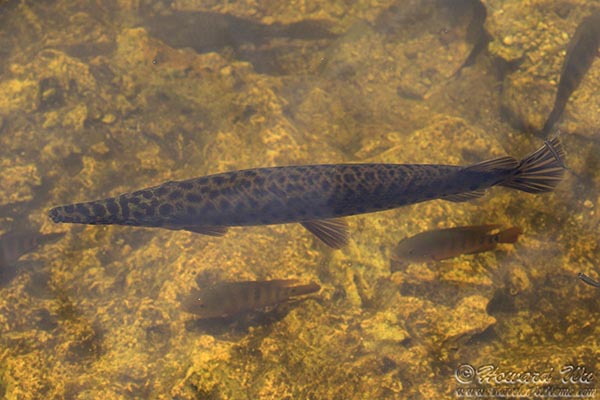
Florida Gar
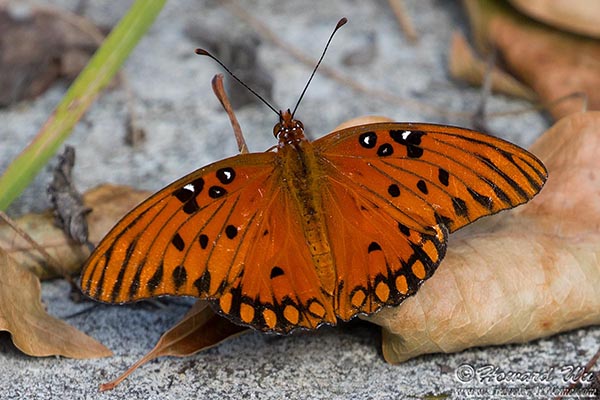
Gulf Fritillary
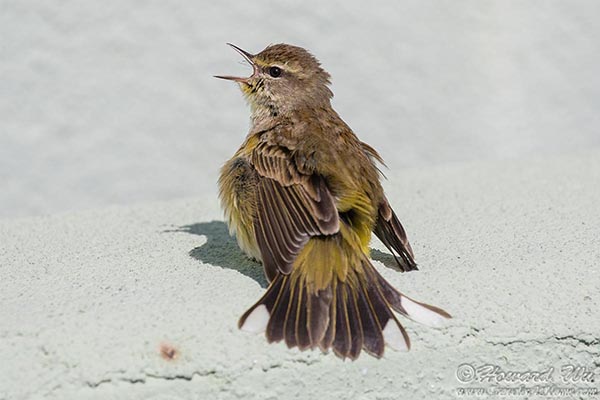
Palm Warbler
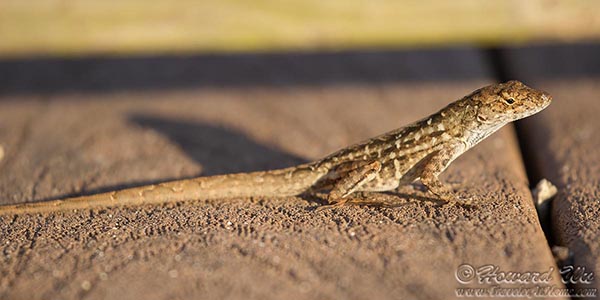
Lizard (Brown Anole?)
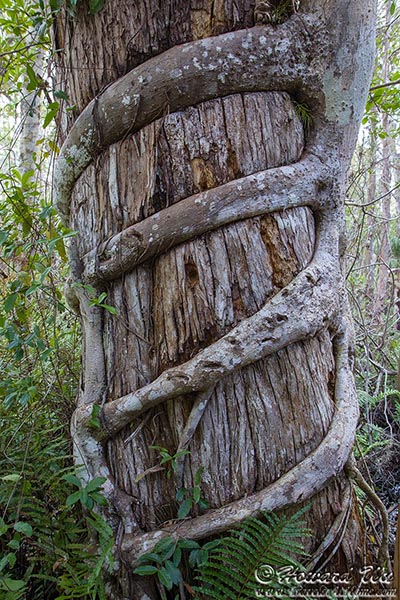
Strangler Fig

Cypress Knees

Swamp Lily
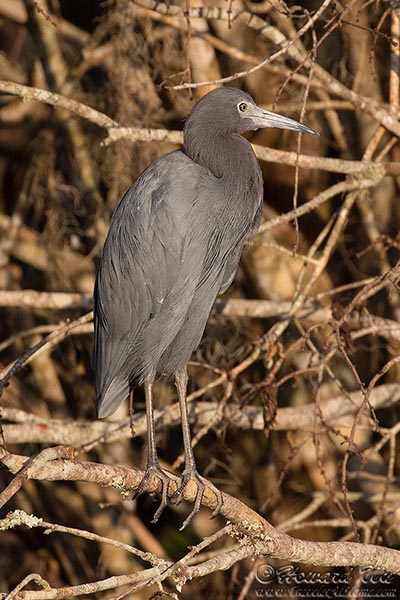
Little Blue Heron
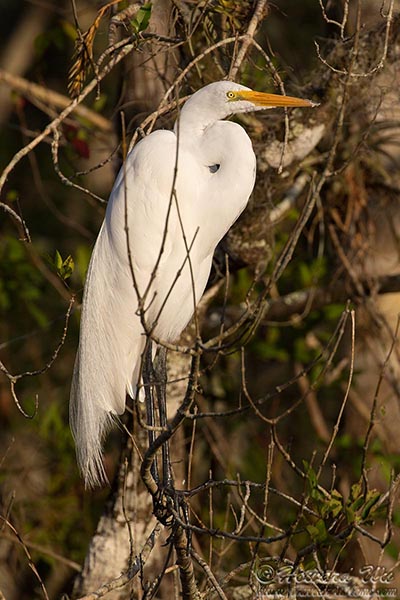
Great Egret
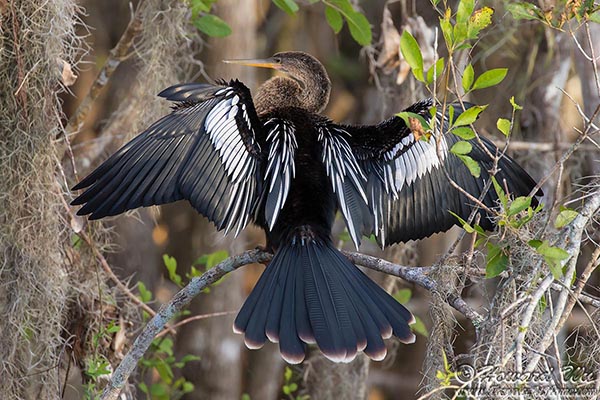
Anhinga
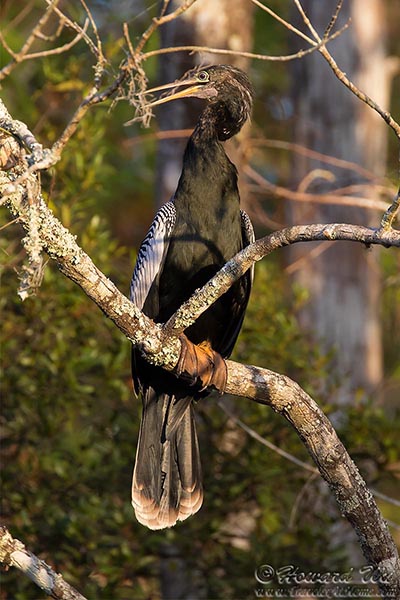
Anhinga
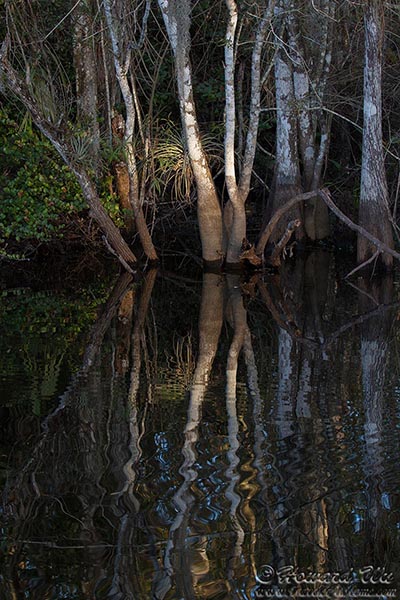
Cypress
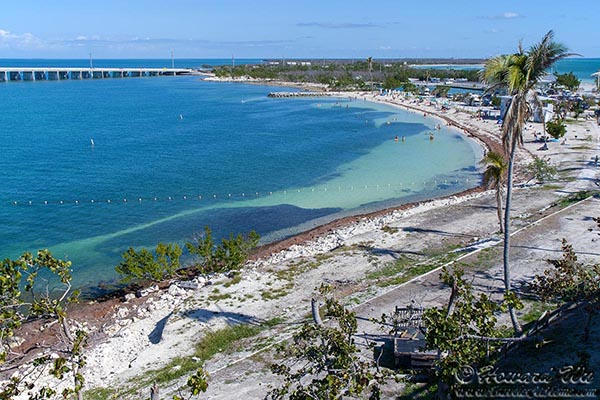
Bahia Honda Key (gulf side)
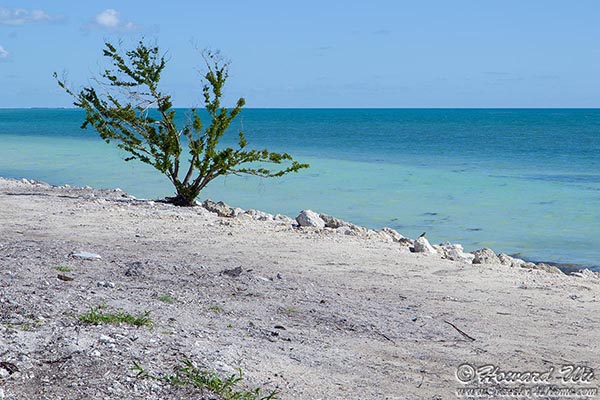
Bahia Honda Key (ocean side)
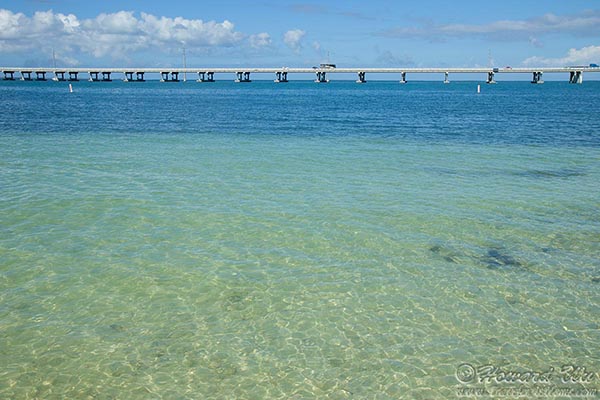
Bahia Honda Key (gulf side)
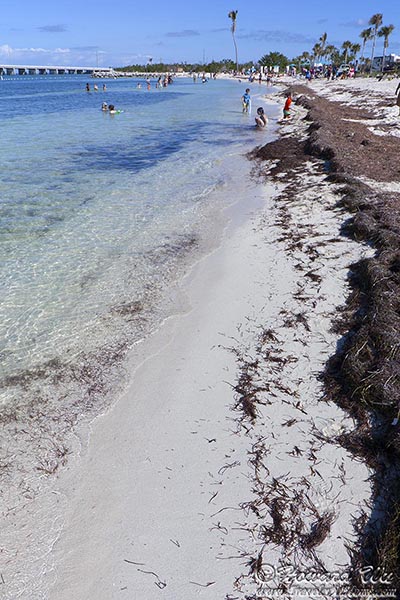
Bahia Honda Key (gulf side)
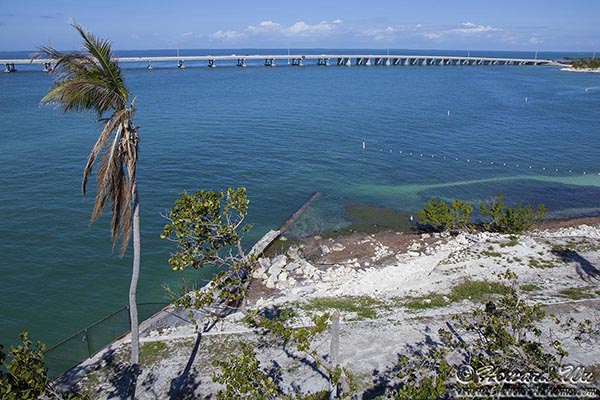
Bahia Honda Key (gulf side)
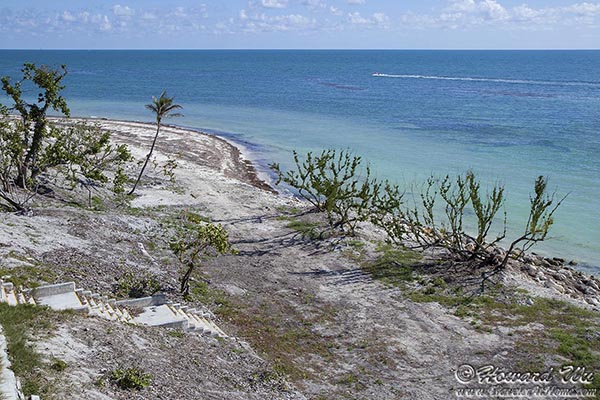
Bahia Honda Key (ocean side)
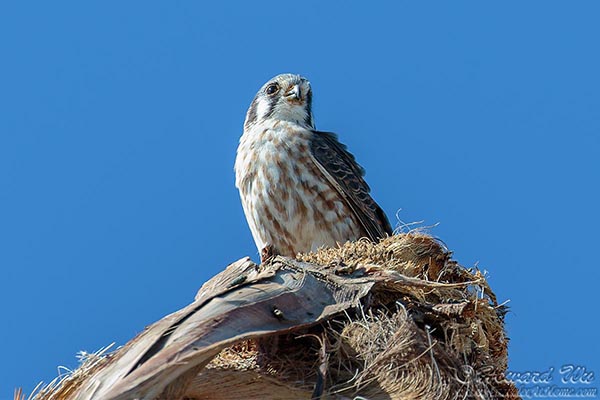
American Kestrel
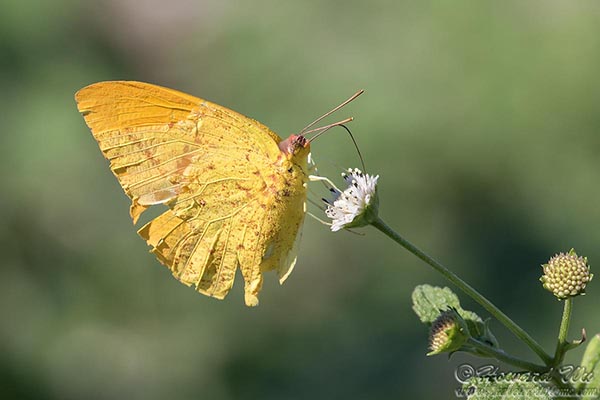
Large Orange Sulphur
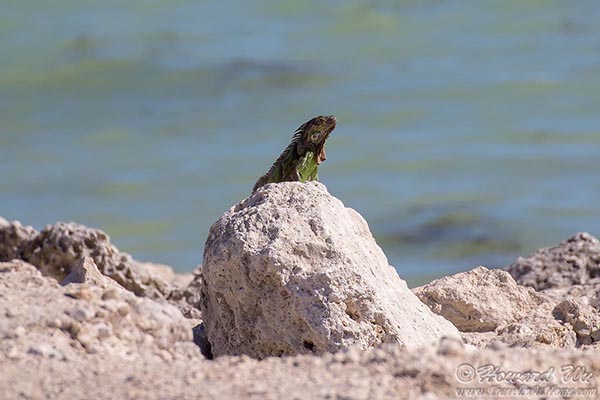
Green Iguana
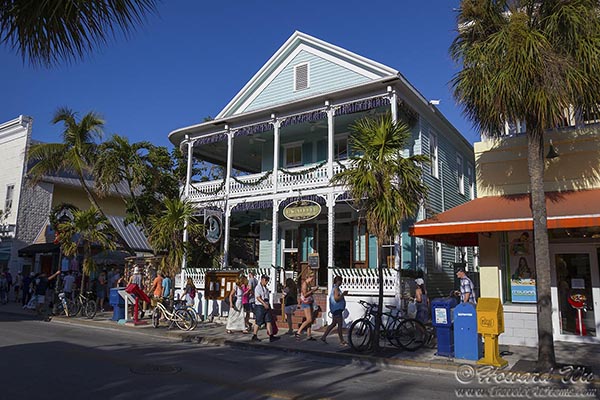
Key West Street
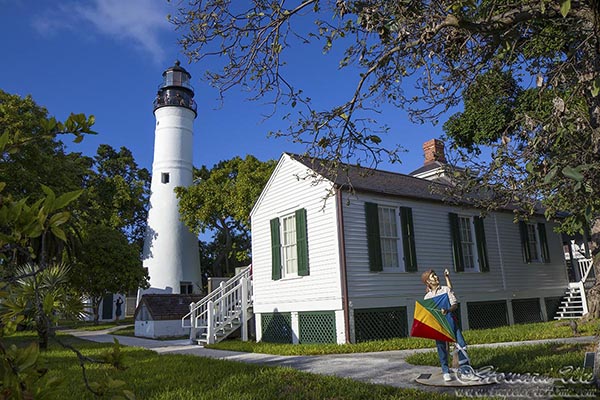
Key West Lighthouse
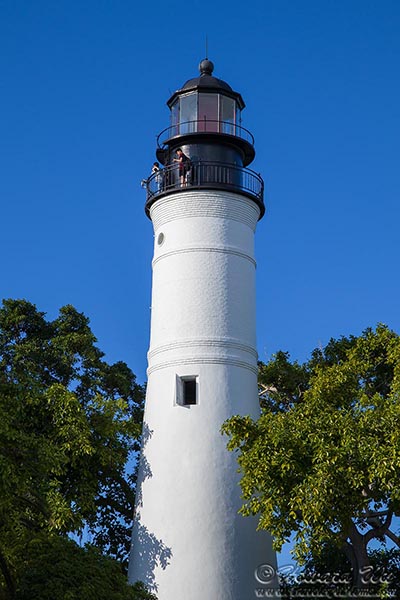
Key West Lighthouse
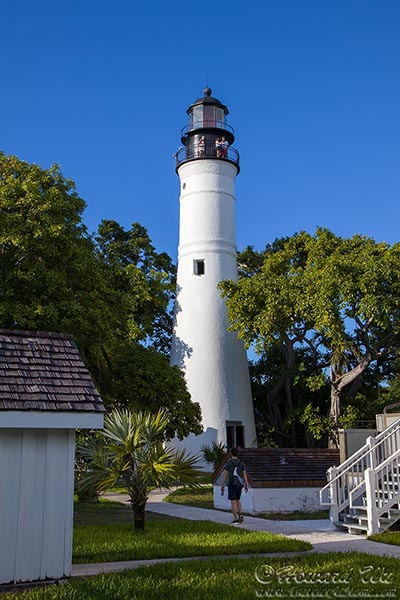
Key West Lighthouse
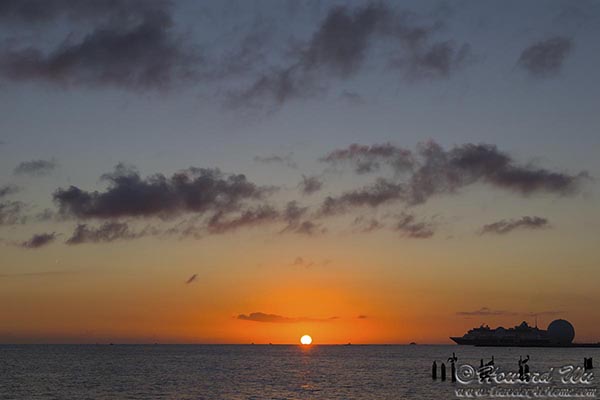
Key West Sunset
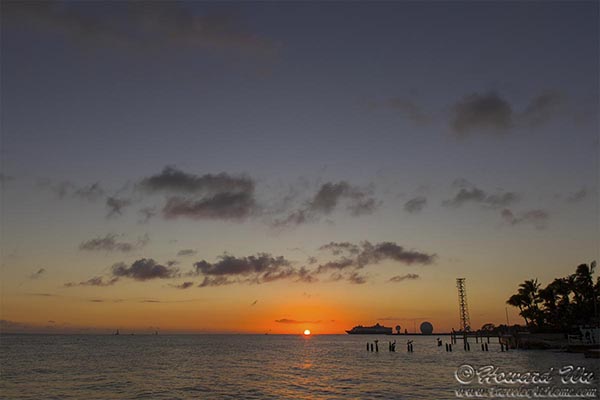
Key West Sunset
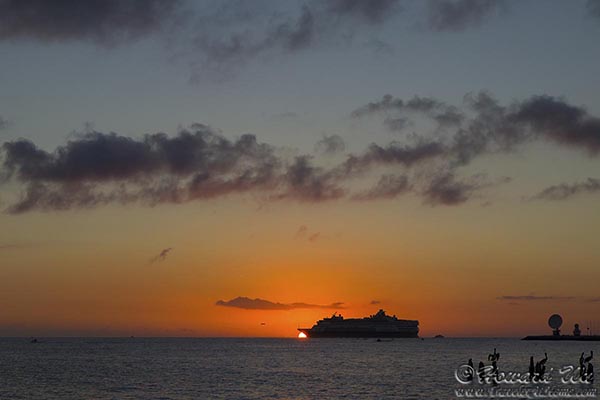
Key West Sunset
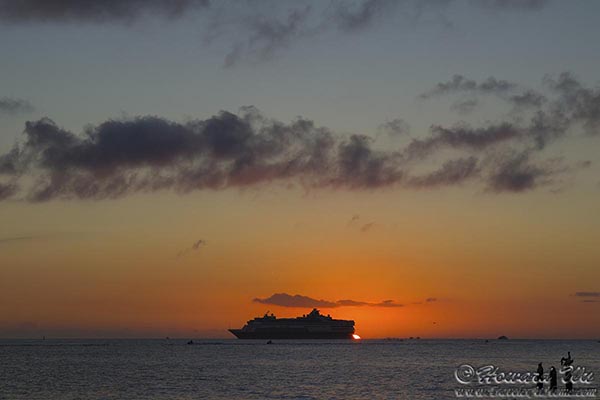
Key West Sunset
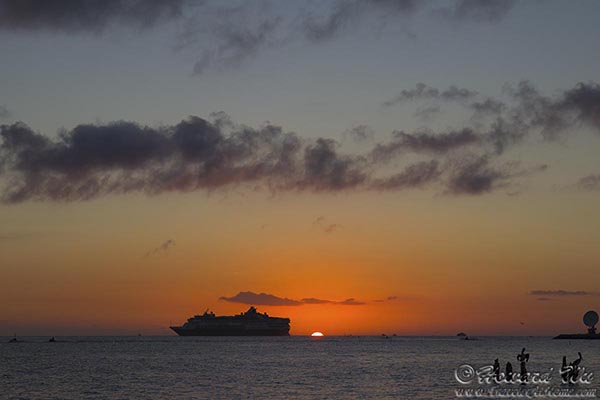
Key West Sunset
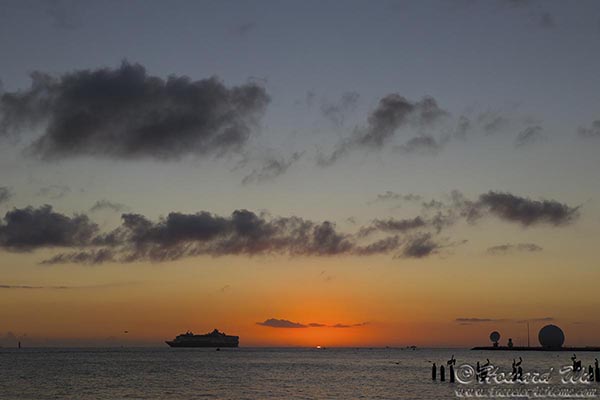
Key West Sunset
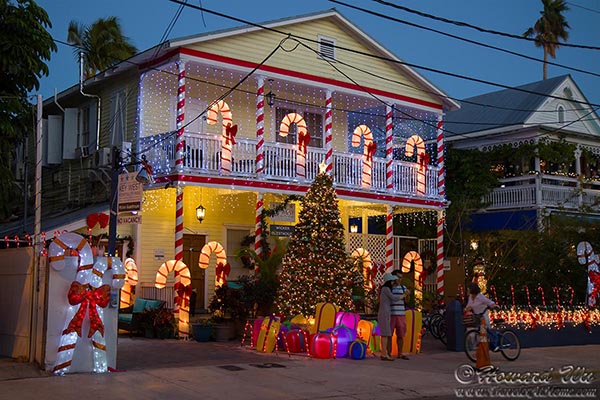
Wicker Guesthouse
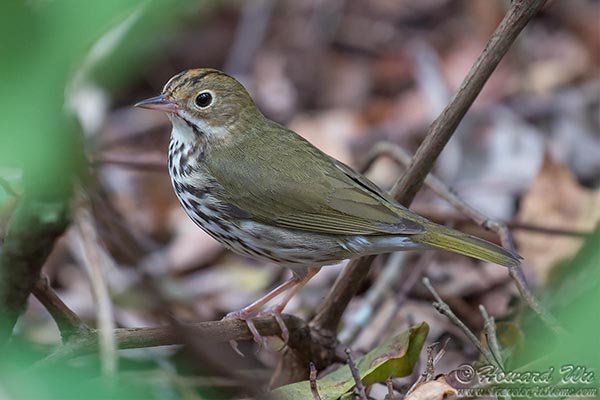
Ovenbird
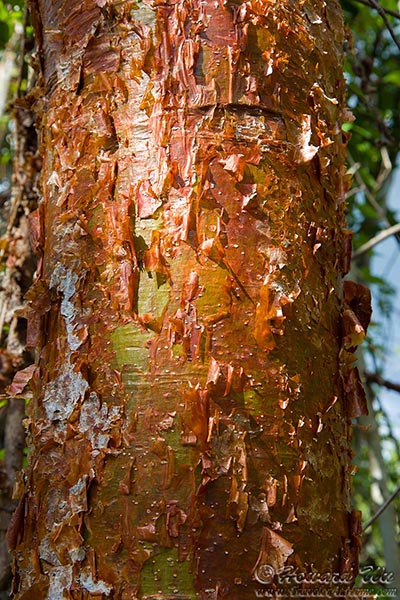
Bark of the Gumbo Limbo tree
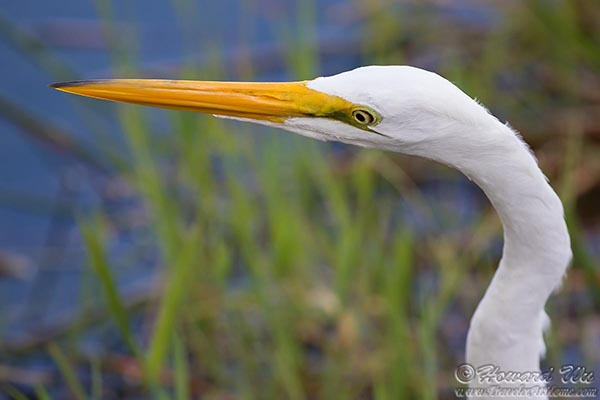
Great Egret
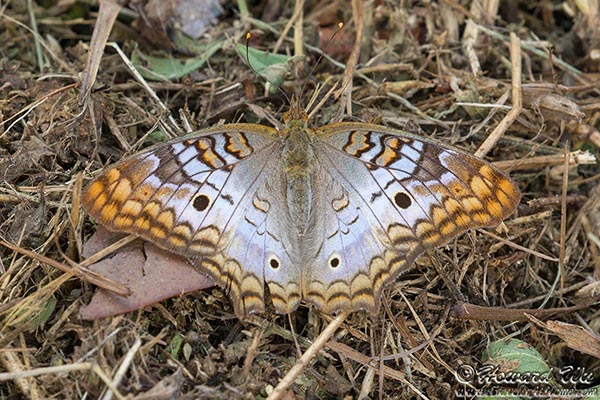
White Peacock
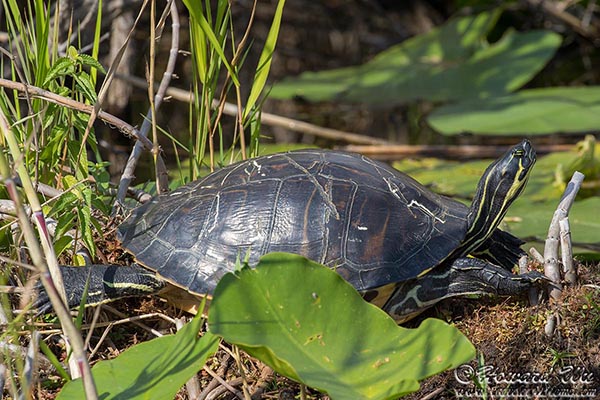
Turtle (Florida Red-bellied Cooter?)
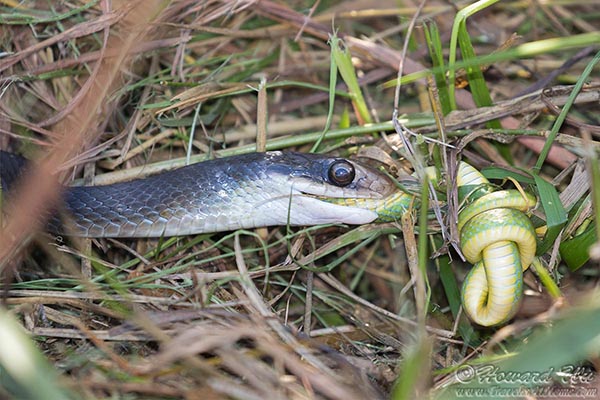
2 Snakes (Everglades Racer eating a Rough Green
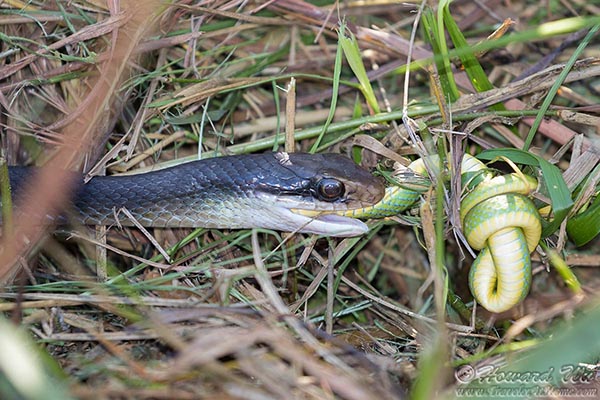
2 Snakes (Everglades Racer eating a Rough Green
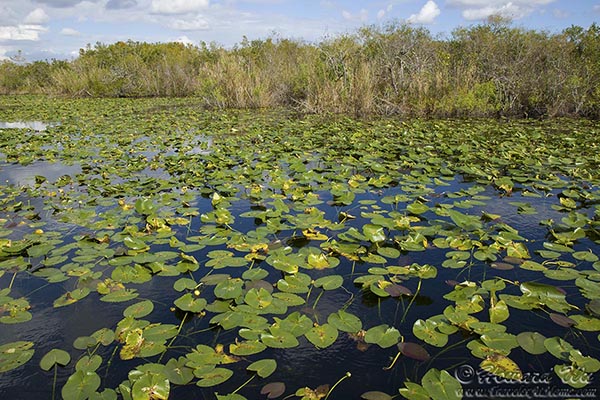
Everglades
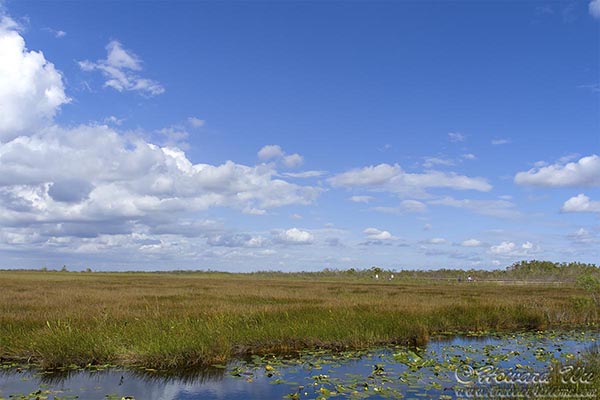
Everglades
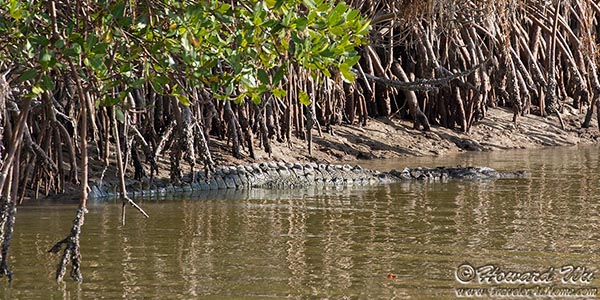
American Crocodile
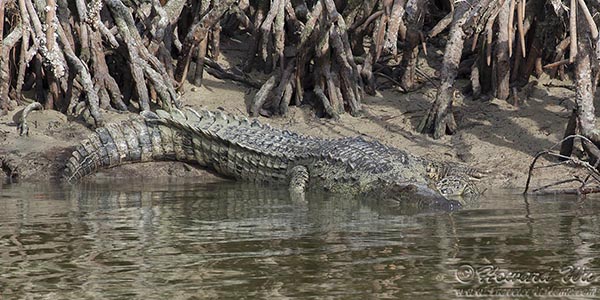
American Crocodile
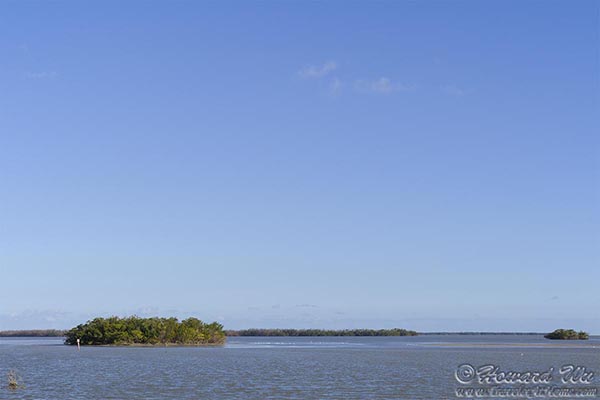
The Gulf of Mexico at Flamingo
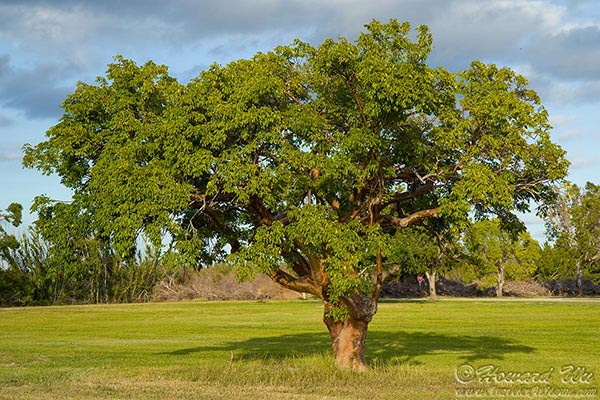
Gumbo Limbo tree
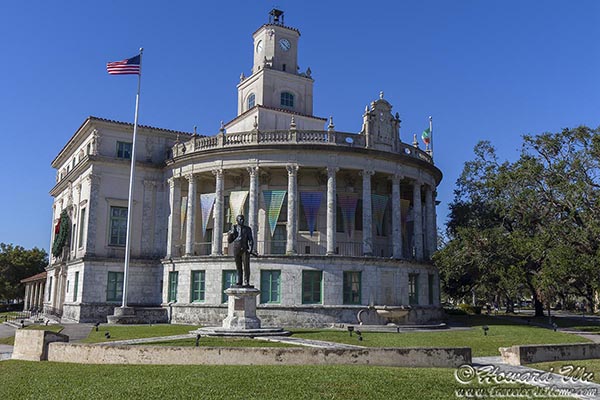
Coral Gables City Hall
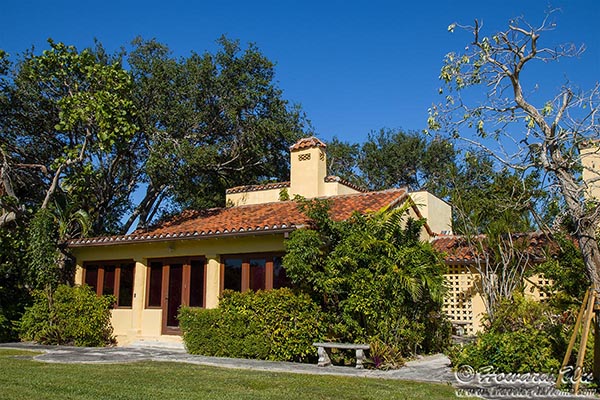
House in Coral Gables
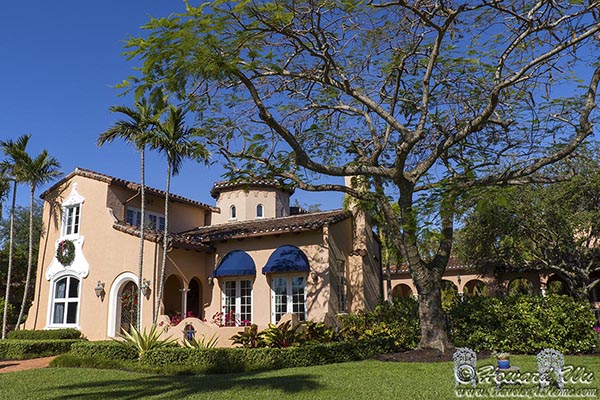
House in Coral Gables
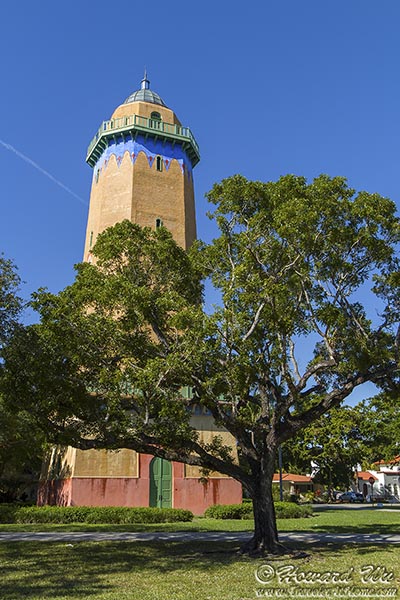
Alhambra Water Tower
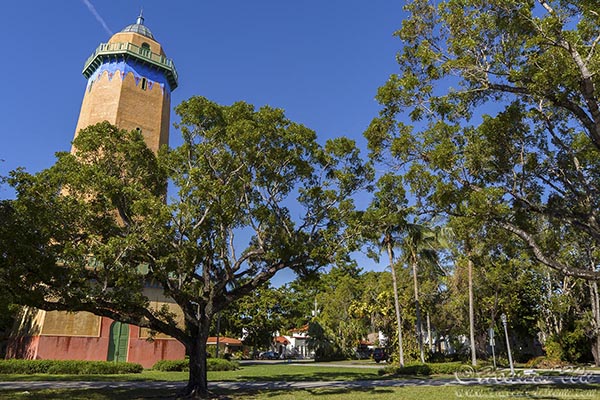
Alhambra Water Tower
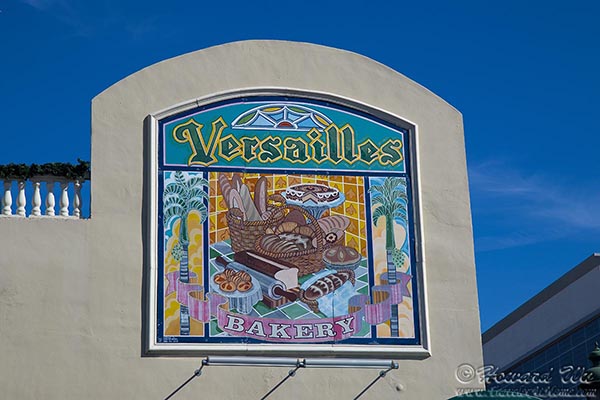
Versailles
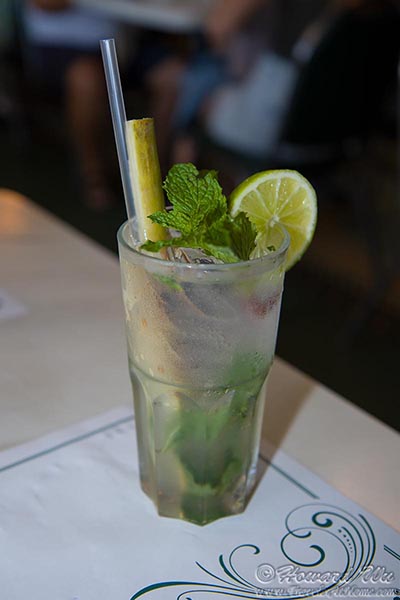
Mojito
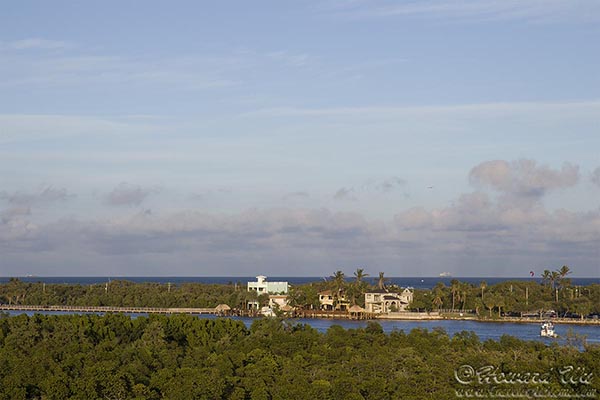
Hollywood Beach

Hollywood Beach
